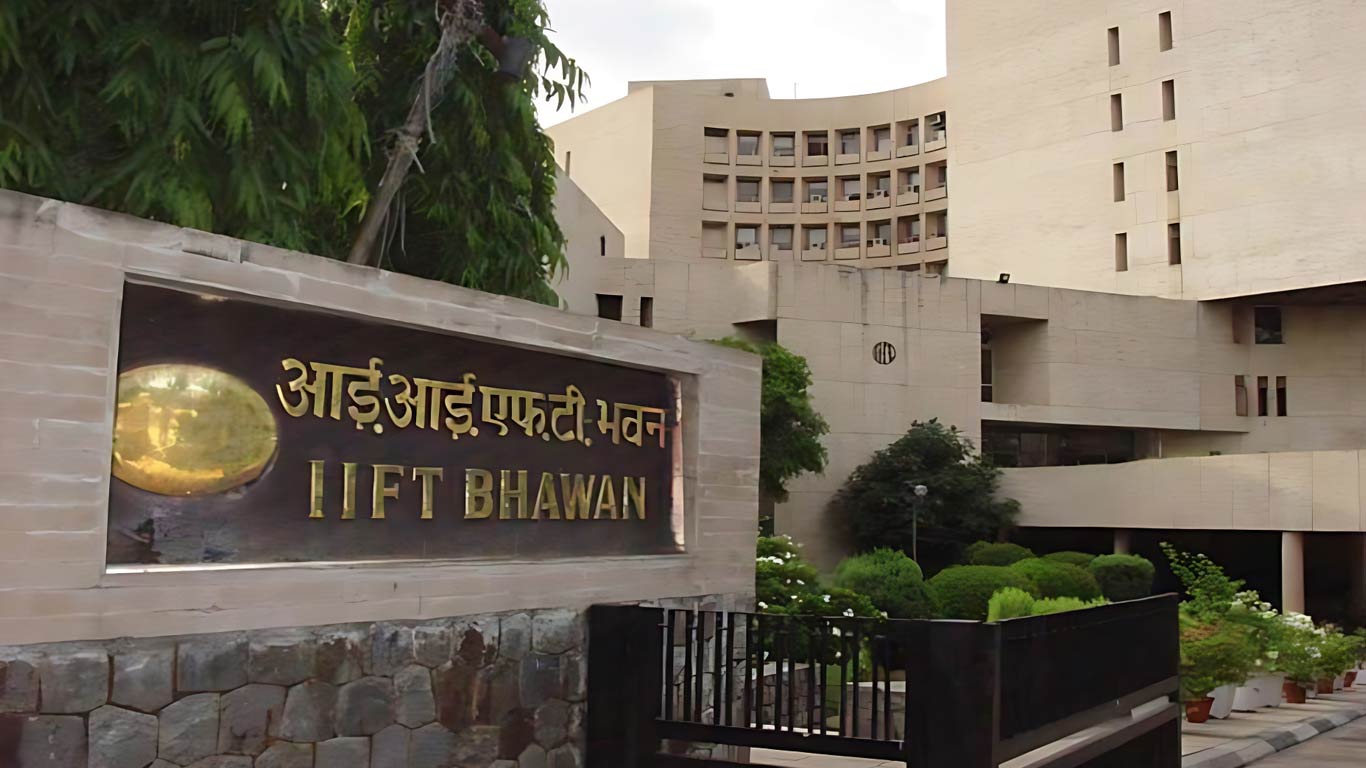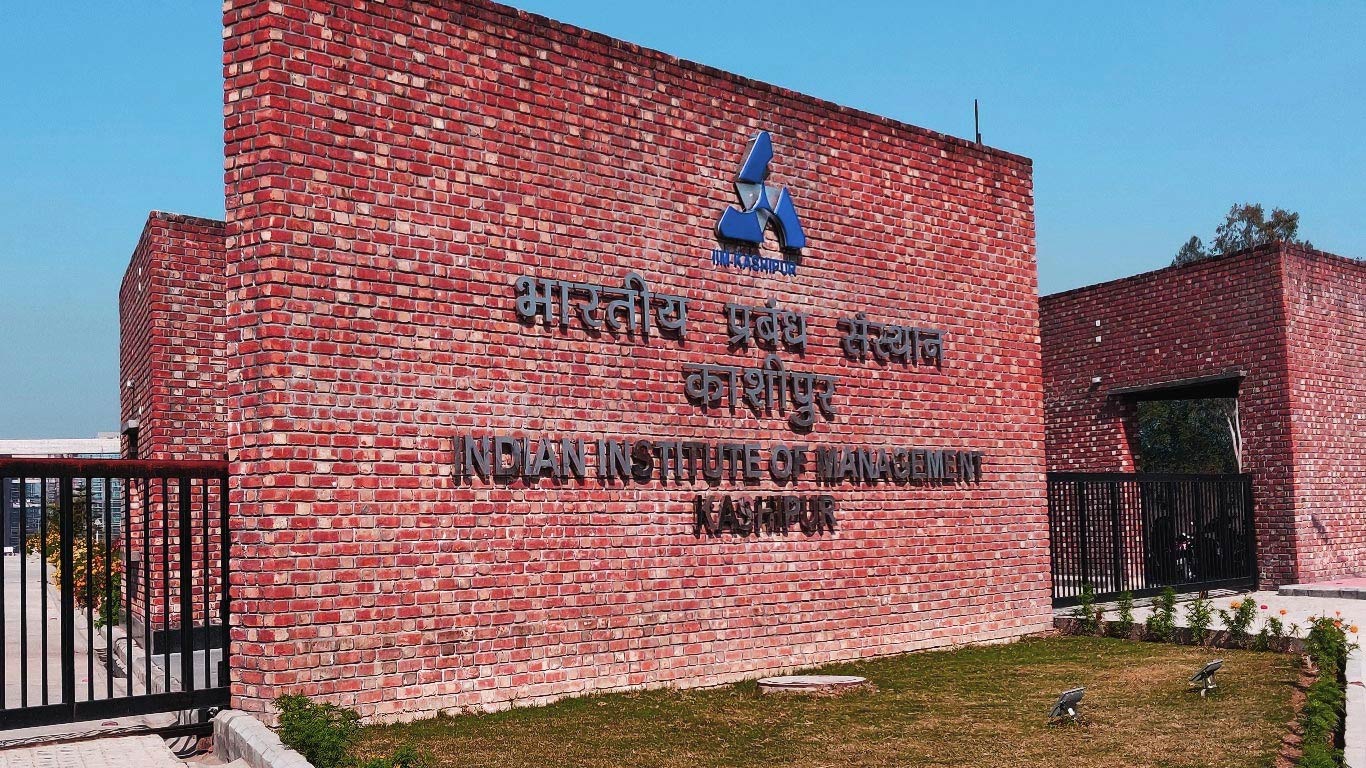Great Nicobar joins UNESCO's world biosphere reserve network
Updated: May 31, 2013 06:15:10pm

This was decided during the International Coordinating Council Meeting of UNESCO’s Man and Biosphere Programme (MAB) held in Paris recently.
Nicobar, an island biosphere reserve, covering 103,870 hectares, is characterized by tropical wet evergreen forest. It is home to 1,800 animal species, including 200 species of meiofauna in the coastal zone.
The island is also home to the indigenous Shompen people, semi-nomadic hunters living inland, and the Nicobarese, who are coastal dwellers dependent on fishing and horticulture.
The 6,381 inhabitants derive a wide variety of biological resources from their environment such as medicinal plants and other non-timber forest products.
So what are biosphere reserves? According to UNESCO, they are sites chosen by the MAB programme to experiment with different approaches to the management of terrestrial, marine and coastal resources as well as fresh water. They also serve as in situ laboratories for sustainable development.
The other new reserves are Alakol (Kazakhstan), Gochang (Republic of Korea), Macizo de Cajas (Ecuador), Marais Audomarois (France), Marinas Corunesas e Terras do Mandeo (Spain), Mont-Viso (France), Monteviso Area della Biosfera del Monviso (Italy), Real Sitio de San Ildefonso-El Espinar (Spain), Snake Island (China), Terres de l”Ebre, Ziarat Juniper Forest (Pakistan) and Ordesa-Vinamala (Spain). (KNN)











